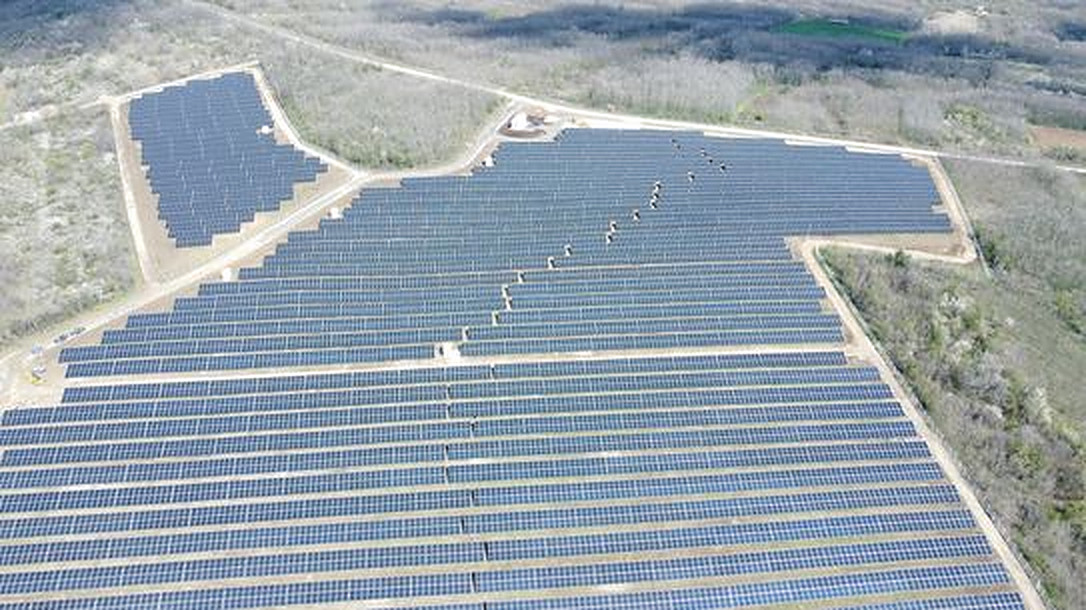The Serbian government is on the lookout for a strategic partner to develop at least five utility-scale solar farms coupled with battery energy storage systems in a bid to accelerate the country’s energy transition and reduce reliance on energy imports.
The strategic partner will be expected to develop 1 GW/1.2 GWdc of solar and at least 200 MW/400 MWh of co-located battery energy storage systems. According to a government decision, state-owned utility EPS will act as the owner and investor in the project.
The partner will be required to select locations for the construction of the facilities, in addition to preparing all necessary documentation and procuring equipment. It is specified that single-axis trackers should be used.
The partner will operate the solar plants and batteries over a period of two years and during that time, it will be expected to provide O&M training to the EPS team. After the two-year period, the facilities will be solely owned and operated by EPS, which has previously laid out plans to decommission around 1 GW of thermal power plants in the 2025-35 period.
The solar and battery facilities are to be delivered within four to five years, while the contract with the strategic partner will cover a period of six to seven years. The government has formed a working group to organize the tender, select successful bids, and negotiate with the chosen strategic partner.
According to the Association of Renewable Energy Sources of Serbia, the country has installed around 50 MW of solar. However, that figure is not exact, as there is no official registry at this stage. In April, Serbia switched on its largest solar plant, the 9.9 MW DeLasol PV project in the Lapovo, central Serbia.
Serbia currently aims to deploy 8.3 GW of PV by 2024, according to a draft plan released by the government last year. According to the draft, utility-scale PV projects could be built on 200,000 hectares of neglected, low-value agricultural land that could host 2 GW of solar.
The document also outlines the construction of around 300 MW of PV plants, valued at €200 million ($219.6 million) on land owned by EPS – primarily on its coal ash dumps. Most of the solar capacity envisaged under the 2022-24 draft is supposed to come from rooftop PV.
This content is protected by copyright and may not be reused. If you want to cooperate with us and would like to reuse some of our content, please contact: editors@pv-magazine.com.




By submitting this form you agree to pv magazine using your data for the purposes of publishing your comment.
Your personal data will only be disclosed or otherwise transmitted to third parties for the purposes of spam filtering or if this is necessary for technical maintenance of the website. Any other transfer to third parties will not take place unless this is justified on the basis of applicable data protection regulations or if pv magazine is legally obliged to do so.
You may revoke this consent at any time with effect for the future, in which case your personal data will be deleted immediately. Otherwise, your data will be deleted if pv magazine has processed your request or the purpose of data storage is fulfilled.
Further information on data privacy can be found in our Data Protection Policy.